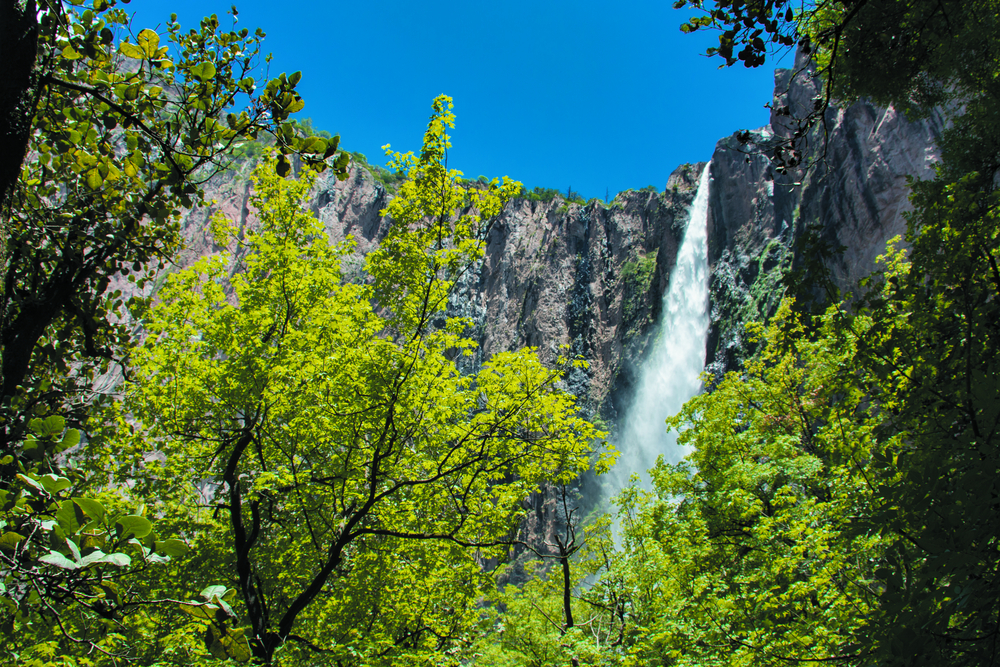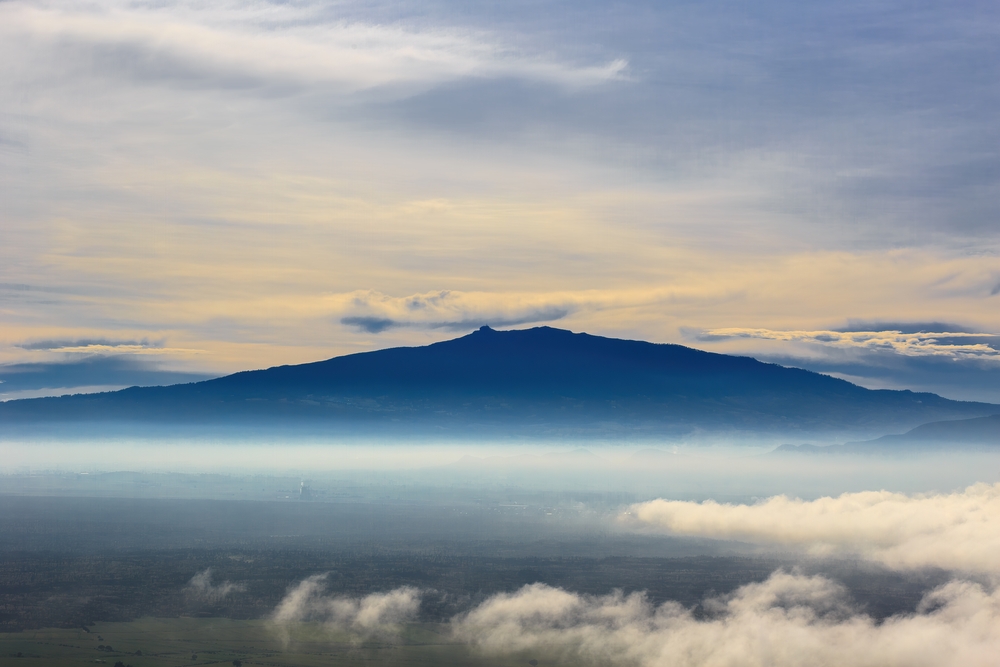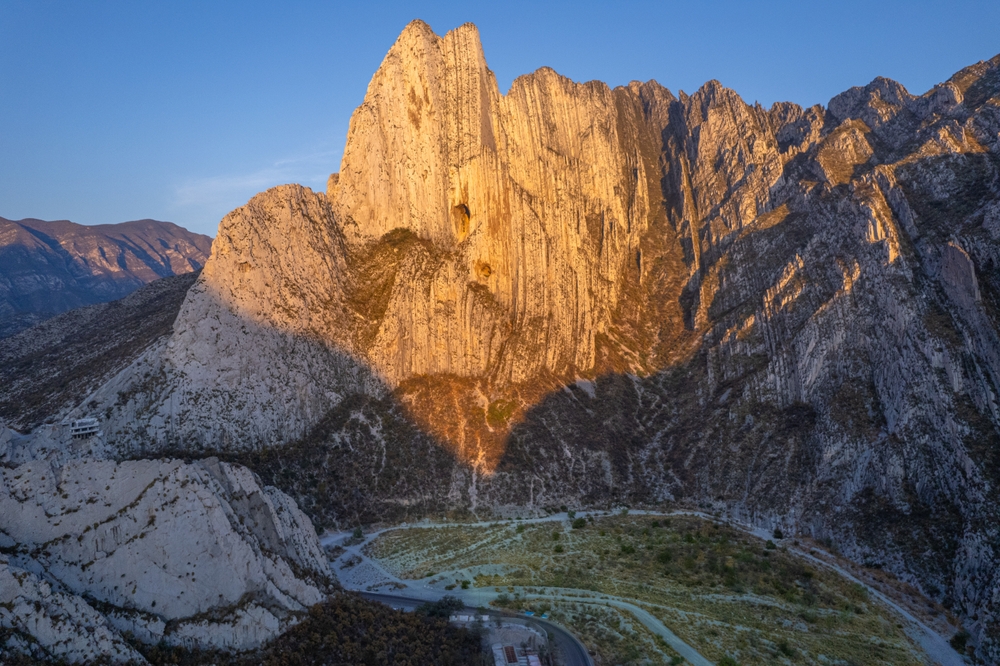Cumbres de Monterrey Overview
Cumbres de Monterrey National Park, or Parque Nacional Cumbres de Monterrey in Spanish, is a vast protected area in northeastern Mexico, covering approximately 685 square miles (1,776 square kilometers).
Located in the state of Nuevo León, the park is near the city of Monterrey and serves as an important natural refuge amid an expanding urban landscape. The park features a rugged terrain dominated by the Sierra Madre Oriental mountain range, with peaks such as Cerro La Mota and El Álamo reaching impressive heights.
Deep canyons, cascading waterfalls like Cola de Caballo, and dense pine-oak forests define the park’s dramatic scenery. The Santa Catarina River and the iconic Chipinque Ecological Park, a popular section within Cumbres de Monterrey, further enhance its ecological richness.
The diverse landscapes of the park support an array of vegetation, including towering pines, firs, and various species of oak. Lower elevations feature semi-arid scrublands with yucca and agave, while higher elevations transition into lush forests, providing critical habitats for a variety of species.
Seasonal wildflowers add bursts of color to the rugged mountainsides, particularly after the rainy season. The park’s diverse plant life plays a crucial role in water conservation, as the region is a major watershed supplying Monterrey with fresh water.
Cumbres de Monterrey is home to an impressive variety of wildlife, with many species adapted to its rugged terrain and varied climate zones. Mammals such as cougars, bobcats, ocelots, and white-tailed deer roam the forests, while smaller species like coatis and ringtails are often spotted in more accessible areas.
Birdwatchers can find an exceptional array of species, including peregrine falcons, golden eagles, and the striking red warbler. The presence of rare and endemic species makes the park an important site for conservation efforts focused on preserving biodiversity.
The park is well-known for its natural attractions and recreational opportunities. Cola de Caballo, a picturesque waterfall, is one of its most visited landmarks, drawing tourists to its scenic cascades. Chipinque Ecological Park, a section of Cumbres de Monterrey, offers hiking trails, viewpoints, and educational centers, making it a favorite spot for families and nature enthusiasts.
La Huasteca Canyon, with its steep cliffs and dramatic rock formations, is a major draw for rock climbers and adventurers. Other popular activities include camping, mountain biking, and rappelling, providing ample ways to experience the rugged beauty of the park.
Visitors can engage with the park through an extensive network of hiking trails, ranging from easy walks to challenging ascents. The park’s scenic viewpoints, such as Mirador El Pinal, provide breathtaking panoramas of the surrounding peaks and valleys.
Many visitors explore the park through guided eco-tours that highlight its natural and cultural significance. For those interested in more adventurous pursuits, the park’s canyons and caves offer opportunities for spelunking and technical climbing.
Conservation remains a significant focus for Cumbres de Monterrey, as the park faces challenges such as deforestation, urban expansion, and illegal hunting. Despite these threats, ongoing efforts by government agencies and environmental organizations aim to protect its ecosystems through reforestation programs and stricter regulations on land use.
The park plays a crucial role in the region’s water supply, making conservation efforts even more essential. Successful community-based initiatives have helped raise awareness about the importance of preserving this natural area, ensuring that future generations can continue to experience its beauty.
Park Map
Cumbres de Monterrey National Park Highlights
Share your clicks with us
Related National Parks More Mexico

Basaseachic Falls National Park

Cañón del Río Blanco National Park

Cañón del Sumidero National Park

Cerro de Garnica National Park

Cerro de Las Campanas National Park

Cerro de la Estrella National Park

Cofre de Perote National Park

Costa Occidental de Isla Mujeres National Park











































































